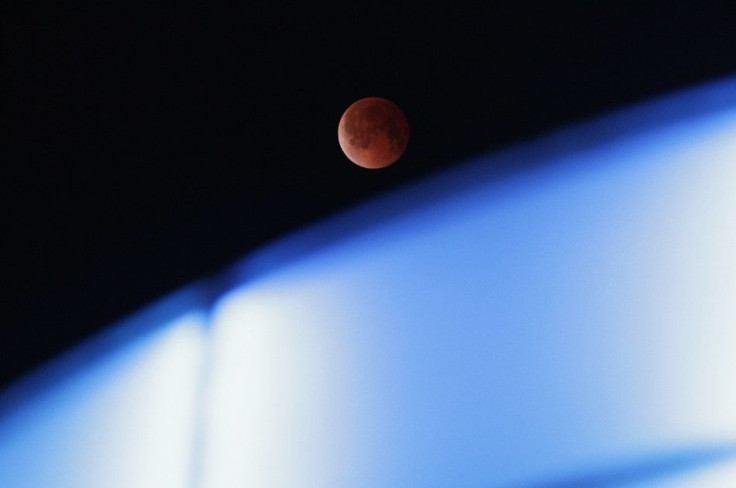Australia Has A Chance Of Viewing Blood Moon During Pre-Halloween Lunar Eclipse

On Oct. 7, Australians will have a chance to see a blood red moon as a part of the total lunar eclipse. Australia is located at a fortunate geographic location because of which they will be a witness to the event.
According to ABC Online, a line formation by the Sun, Moon and Earth and sunlight from the Earth getting blocked to the Moon results in a blood moon during a total lunar eclipse. Since some light from the sun gets around the Earth, reflecting back to the Moon, the Moon turns to a shade of deep red as other colours like blue are scattered in all directions.
People viewing the event from the east coast as well as central Australia will have the best view while those in some areas of the western region might not be able to see the whole eclipse. The event will take place for a span of about three hours and 20 minutes, beginning at 8.15 pm AEDT in eastern Australia and at 7:45 pm ACDT in central Australia during which the Moon will be completely red between 9:25 pm and 10:25 pm.
According to Dr Alan Duffy from the Swinburne University of Technology, the start of the eclipse would be with a shadow appearing on the Moon. Then, the Moon will be covered till it lies behind the Earth and away from the Sun during which stage the Moon will appear blood red for an hour, the colour from all the sunrises and sunsets of the Earth. In the final hour of the lunar eclipse, the events get reversed.
The first blood moon was seen in April this year. It is a series of four with the one on Oct. 7 being the second in the series. The last two will take place in 2015. An eclipse of the Moon takes place every eight months on an average.
Ben Burress, an astronomer at the Chabot Space and Science Center in Oakland shared his views about the blood moon and the total lunar eclipse. He said that it was a rare and amazing spectacle to look at. He continued that in the past, people often feared eclipses as they assumed that something bad was taking place. Due to scientific understanding, the fears have been taken away, leaving behind only enjoyment of the event.
Watch the blood moon: A live webcast by Slooh, an astronomy outreach venture




















